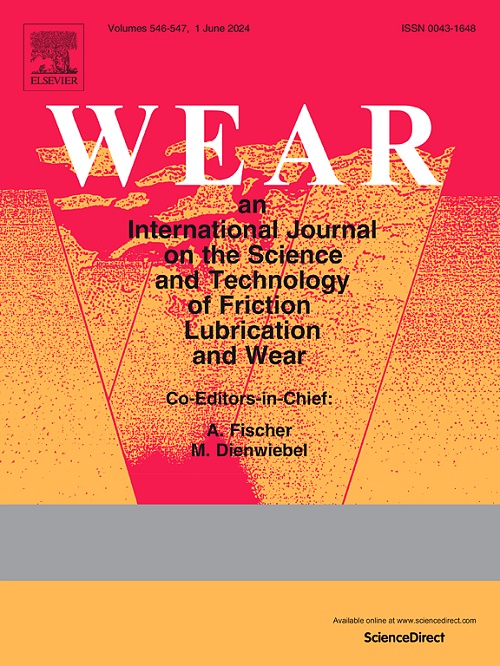A visual analytical method for evaluating tool flank wear volumes of micro-milling cutters with AKAZE features matching: A preliminary study
IF 5.3
1区 工程技术
Q1 ENGINEERING, MECHANICAL
引用次数: 0
Abstract
Tool wear is one of the most important factors restricting the development and application of micro-milling technology. In order to accurately evaluate the tool wear features in the micro-milling process, a visual analytical approach is proposed with multiple advanced image processing methods. Firstly, A theoretical model of tool wear volume considering the end concave angle is proposed, which is more descriptive of practical situations than the traditional one-dimensional parameters, the tool flank wear length. Secondly, the tool flank wear areas are accurately obtained of image segmentation with the Canny gradient operator, extraction with corner feature detection, and registration with Accelerated-KAZE (AKAZE) feature matching. Finally, the features of the tool flank wear are evaluated of correcting the integration areas with the Hough transformation, determining the parameters with scale conversion, and verifying the areas and volumes of the tool flank wear with experimental data and key quality metrics, Mean-Squared Error (MSE) and Multi-Scale Structural Similarity (MS-SSIM). The results demonstrate that the method presented effectively characterises the tool flank wear, giving a suitable approach for computer vision and image feature processing of tool wear monitoring during machining.

求助全文
约1分钟内获得全文
求助全文
来源期刊

Wear
工程技术-材料科学:综合
CiteScore
8.80
自引率
8.00%
发文量
280
审稿时长
47 days
期刊介绍:
Wear journal is dedicated to the advancement of basic and applied knowledge concerning the nature of wear of materials. Broadly, topics of interest range from development of fundamental understanding of the mechanisms of wear to innovative solutions to practical engineering problems. Authors of experimental studies are expected to comment on the repeatability of the data, and whenever possible, conduct multiple measurements under similar testing conditions. Further, Wear embraces the highest standards of professional ethics, and the detection of matching content, either in written or graphical form, from other publications by the current authors or by others, may result in rejection.
 求助内容:
求助内容: 应助结果提醒方式:
应助结果提醒方式:


